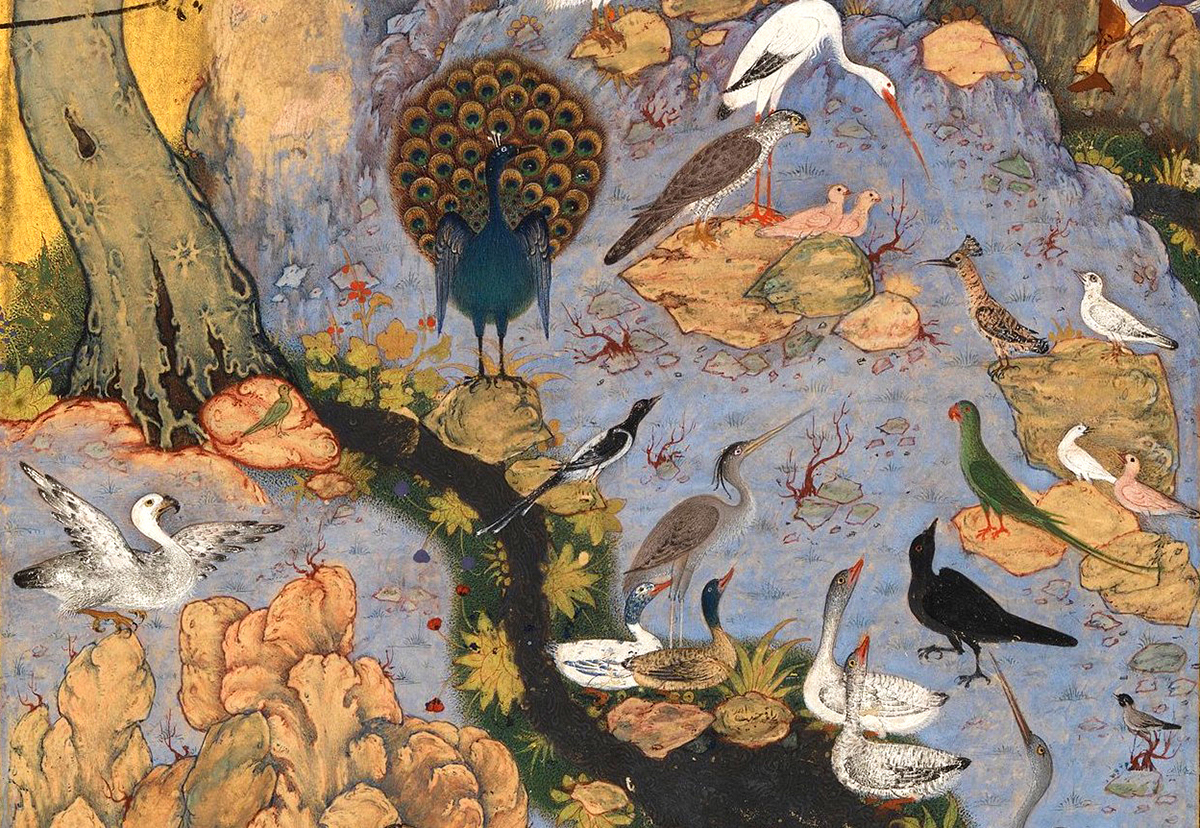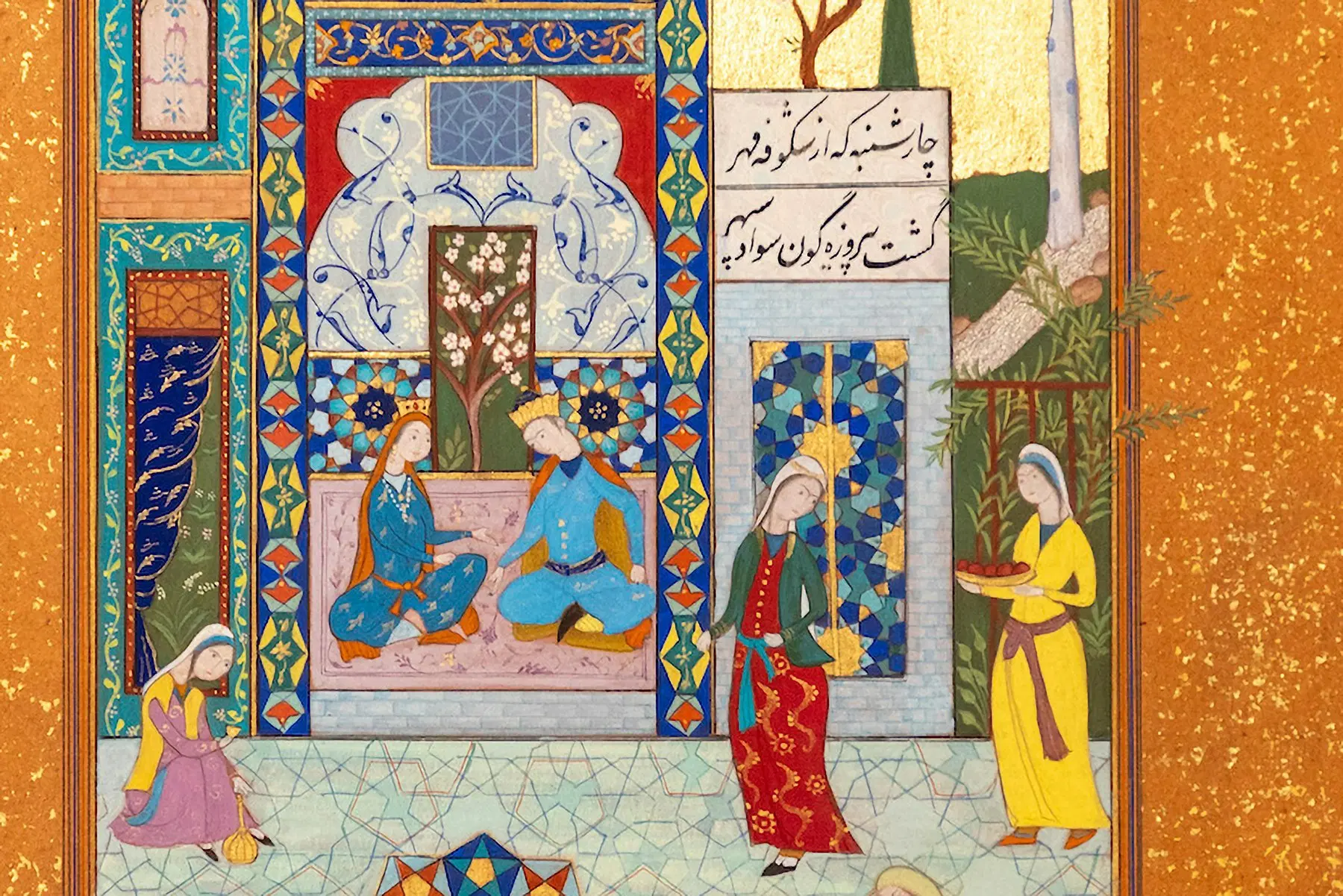In the heart of Persian Sufi poetry shines Farīd ud-Dīn ʿAṭṭār’s Mantiq al-Ṭayr (The Conference of the Birds), a 12th‑century masterpiece that uses the simple metaphor of a flock of birds to map the soul’s arduous path to Divine Union. With vivid storytelling, unforgettable allegory, and profound spiritual insight, Attar guides readers through valleys of doubt and ecstasy alike, inviting each of us to undertake our own inward pilgrimage.
A Brief Glimpse at Attar and His Vision
-
The Poet‑Mystic. Born in Nishapur around 1145 CE, ʿAṭṭār was both a practicing physician and a revered Sufi master. His works distill centuries of Islamic mystical thought into stories and parables that continue to resonate across cultures.
-
A Universal Allegory. Unlike a dry philosophical treatise, The Conference of the Birds speaks to the heart: its characters are feathered seekers, its landscape a tapestry of spiritual landscapes, and its ultimate revelation both unexpected and deeply moving.
The Hoopoe’s Call and the Flock’s Dilemma
The poem opens with the Hoopoe—chosen for its reputed wisdom and fervor for the beloved—summoning birds from every corner of creation:
“O birds, truly miserable,
Gather and seek the Simorgh still.”
Here, “Simorgh” is less a mythical bird than a symbol of the Divine—or, in some readings, the perfected Self that reflects the Creator. Each species represents a facet of human temperament:
-
Nightingale: Enflamed by love, yet questioning its meaning.
-
Parrot: Clinging to worldly gardens.
-
Peacock: Proud of its colors and bound by vanity.
Faced with the Hoopoe’s message—that only through unity can they glimpse the Simorgh—each bird must decide whether to leave comfortable habits behind.
The Seven Valleys: Stages of the Soul’s Ascent
As the birds undertake their journey, they pass through Seven Valleys, each a crucible testing their resolve:
-
Valley of Quest (Talab): The beginner seeks outward signs, gathering wisdom from scripture and teacher.
-
Valley of Love (Ishq): Rationality dissolves in the fire of love; the seeker no longer asks “Why?” but burns to merge with the Beloved.
-
Valley of Knowledge (Ma‘rifat): The limits of words and concepts become clear—true knowing transcends language.
-
Valley of Detachment (Istighna): Worldly attachments fall away; what remains is the singular focus on Divine Presence.
-
Valley of Unity (Tawḥid): Dualities—self and Other, lover and Beloved—merge in the oneness of existence.
-
Valley of Bewilderment (Hayrat): The soul stands astonished before the incomprehensible mystery of God.
-
Valley of Annihilation (Fanāʾ): The final self‑emptying, where the seeker “dies” to ego and subsists in God (Baqāʾ).
“He who nears his Lord sees not himself,
He loses track of self, finds only Him.”
By the end, only thirty birds remain. They arrive at the Simorgh’s dwelling—only to realize that they themselves are the Simorgh: a mirror for Divine reality, echoing the Qur’anic “antā” (“You are He”).
Unpacking the Allegory: Spiritual Lessons
-
Collective and Individual Journey. Though the pilgrimage is solitary—each bird must face its own fears—the communal aspect reminds us that spiritual growth flourishes in fellowship.
-
The Power of Guide and Tradition. The Hoopoe represents the Sufi shaykh or spiritual guide, whose own insight sparks the seeker’s first step. Without guidance, many birds abandon the quest.
-
Illusion of Separation. The final revelation—that the 30 and the Simorgh are one—challenges our deepest assumptions about selfhood and otherness. Unity lies not in losing individuality, but in unveiling the Divine spark within.
-
Enduring Relevance. In an age of distraction and fragmentation, Conference of the Birds beckons us to pause, listen, and journey inward—reminding us that the ultimate destination transcends the transitory landscapes of the world.
Embarking on Your Own Bird‑Quest
-
Read Aloud in a Group. The poem’s rhythm and dialogue gain fresh life when shared in a circle of seekers.
-
Reflect on Each Valley. Journal about moments in your life that echo the stages of love, knowledge, detachment, and so on.
-
Find Your Hoopoe. Whether in a book, a mentor, or an inner voice, identify the wisdom that calls you beyond comfort to discovery.
-
Celebrate the Awakening. When insight dawns—even in small glimmers—pause to honor the Divine within.
Conclusion
Farīd ud-Dīn Attar’s Conference of the Birds remains a timeless map of the mystical path—its feathered characters and enchanted valleys guiding readers from the outer world’s distractions to the luminous realm of the heart. By decoding its rich allegory, we rediscover not only the story of countless seekers before us, but our own place in the grand choir of creation—each of us, ultimately, the Simorgh.





